Attending the DDD Melbourne 2025 Conference
Yesterday, I attended the DDD Melbourne 2025 conference. This was in service of my yearly goal to get out more, to be around people more often than I have been. So the whole reason I attended was to meet new people. That didn’t happen: I said hi to a few people I once worked with, and spoke to a few sponsors, but that was it. So although I marked it off my goal list, it wasn’t a huge success.
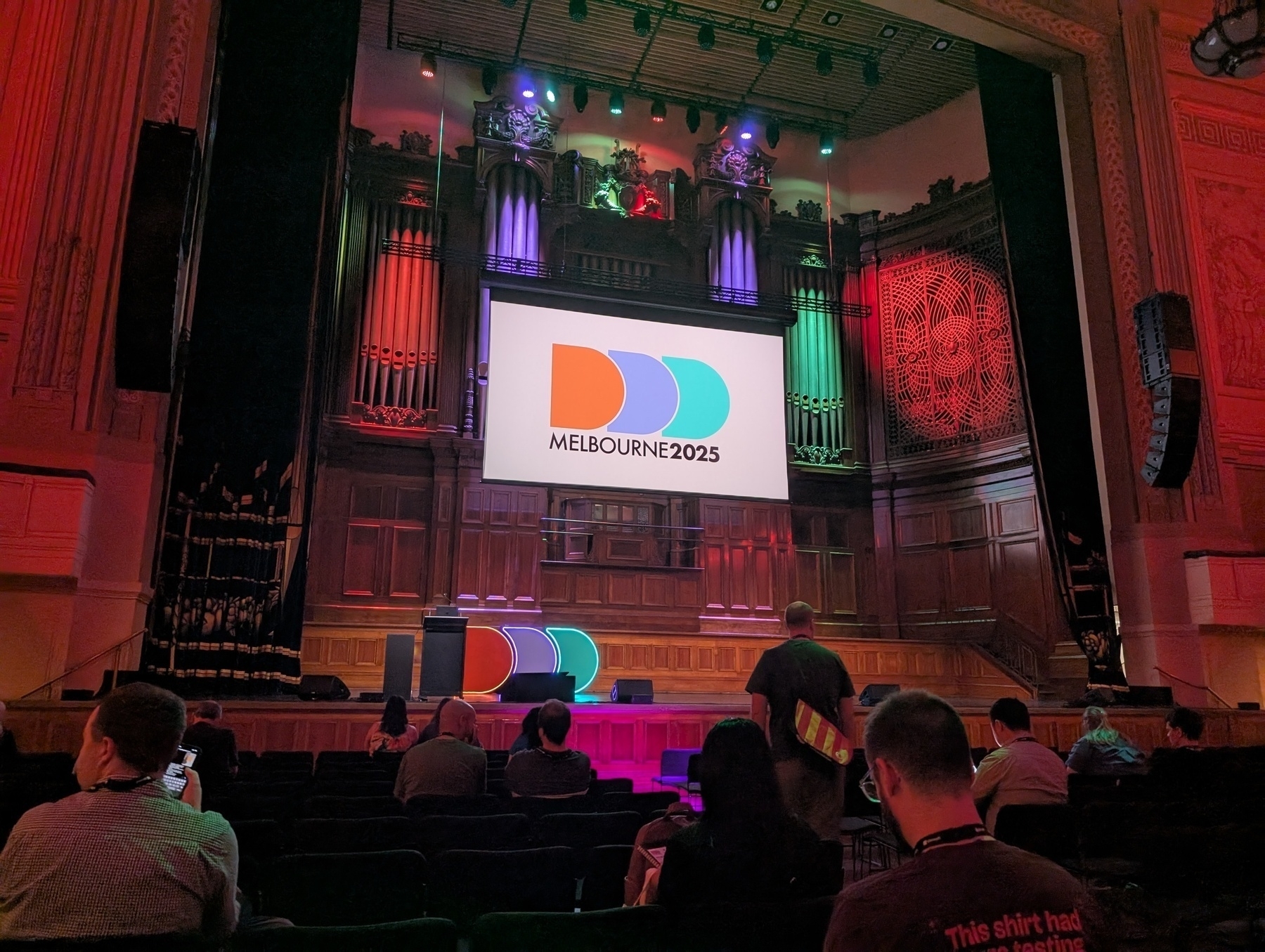
But a dev conference is still a dev conference and I’d thought I’d write a few notes of the sessions I attended, just to record what I did get out of it.
Keynote
Emerging trends in robots, by Sue Keay.
The keynote interesting session about the state of robotics in Australia. Didn’t get a lot of specifics, but I did get a name for the robot I saw once in a Tokyo department store that, let’s just say, left an impression on me.
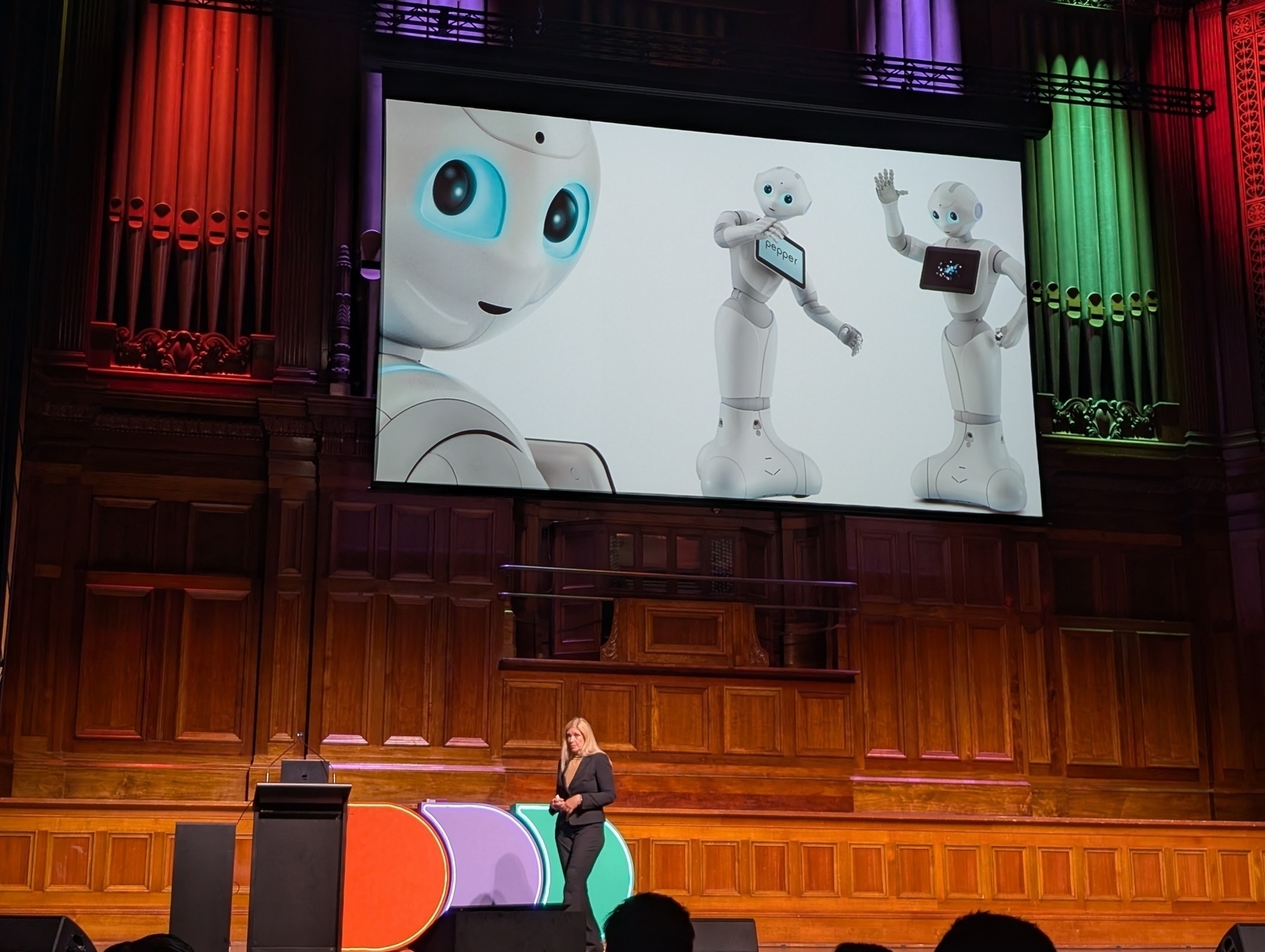
First Session
Are you overcomplicating software development? I certainly have been…, by Ian Newmarch.
This speaker was absolutely preaching my gospel around complexity in software development. But it took someone to go deeper into into why developers are prone to take an inherently complex practice and add additional complexity (so call “accidental complexity”). This is mainly due to human factors: ego, fear, imposter syndrome, and to some extent, to keep the job interesting.
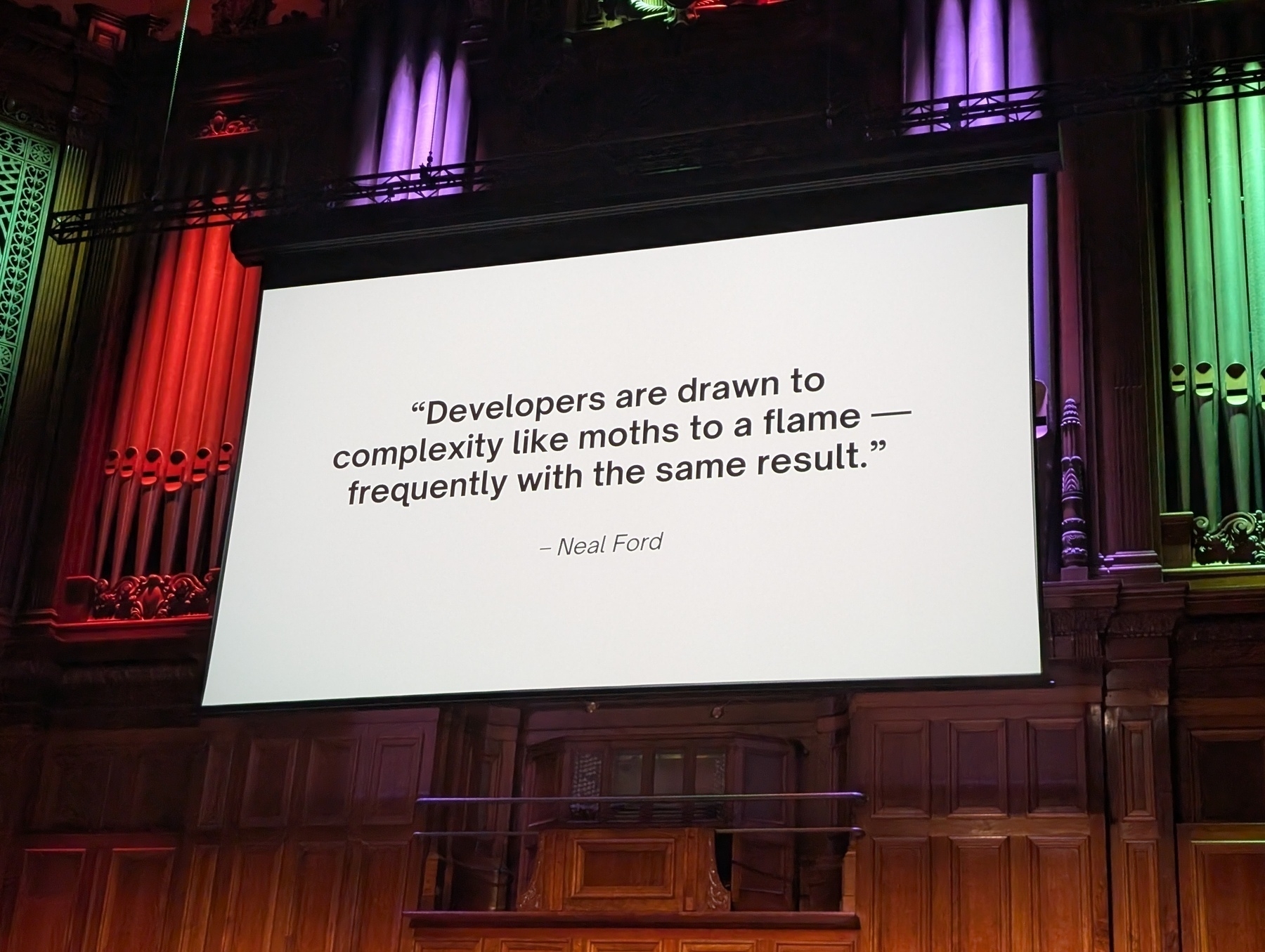
Very reliable. Only real way to mitigate this is going back to principals such as avoiding premature abstraction, YAGNI, and KISS. Thing about principals is that they’re always a little hard to know when you need it. So remember to always keep a focus on the problem - what you’re trying to solve - and working with people can help here.
Second Session
How to Design Your Next Career Move, by Emily Conaghan.
This speaker went through a process of how one could reflect on what they want out of their career, and how to come up with what they need to do to bridge the gap to get to it. The process is rather methodical, which is not a bad thing, and there’s a whole workbook component to this. This might be something that’s personally worth doing though: it does feel like I’m drifting aimlessly a little.
Third Session
The Lost Art of good README documentation, by Swapnil Ogale.
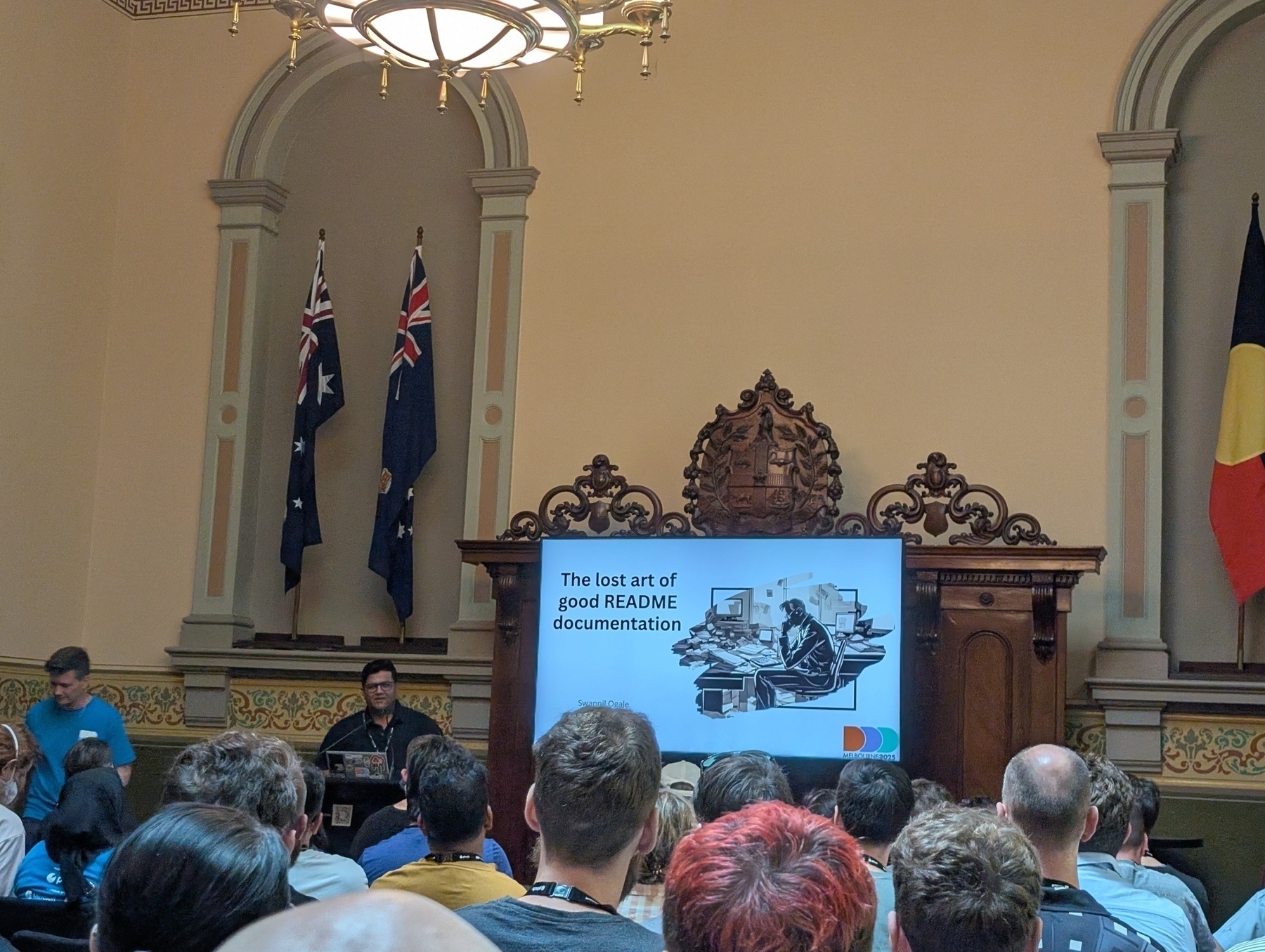
I found this one to be quite good. It touched on the properties of what makes a good README for a project, and why you’d want to (the reason is that a developer’s or user’s trust in a project directly relates to the support document). In short, a good readme should have:
- A project overview: basically answering the question of what this project is, why it s, and why should one use it.
- How to instructions: how does one install it, get started using it, etc.
- How does one engage and contribute to the project: how they can get help, contribute changes, etc.
- Credits, license and contact details
But even though these could be described as what a “good” README looks like, a takeaway is there’s no such thing as a bad README, apart from not having any README at all.
One other thing that I didn’t know was that README’s are traditionally capitalised so that they appear near the top in a alphanumerical listing of files. That was interesting to know.
Lunch
Yeah, this was the hardest part of the day. But it’s amazing how much time you can kill just by waiting in lines.
Forth Session
Being consistently wrong, by Tom Ridge.
I was expecting this to be a bit more general, like techniques for keeping an open mind or learning from one’s mistakes. But it was largely focused on task estimations, which is a weakness of mine, but seeing that this was after lunch and I was getting a bit tired around this time, I only halved listened. But the takeaways I did get are the importance of measuring, how long tasks take to travel across the board, how long they’re in progress, in review, etc.; using those measurements to determine capacity using formula’s derived from queuing theory; keeping the amount of work in progress low; and keeping task duration variance low by slicing.
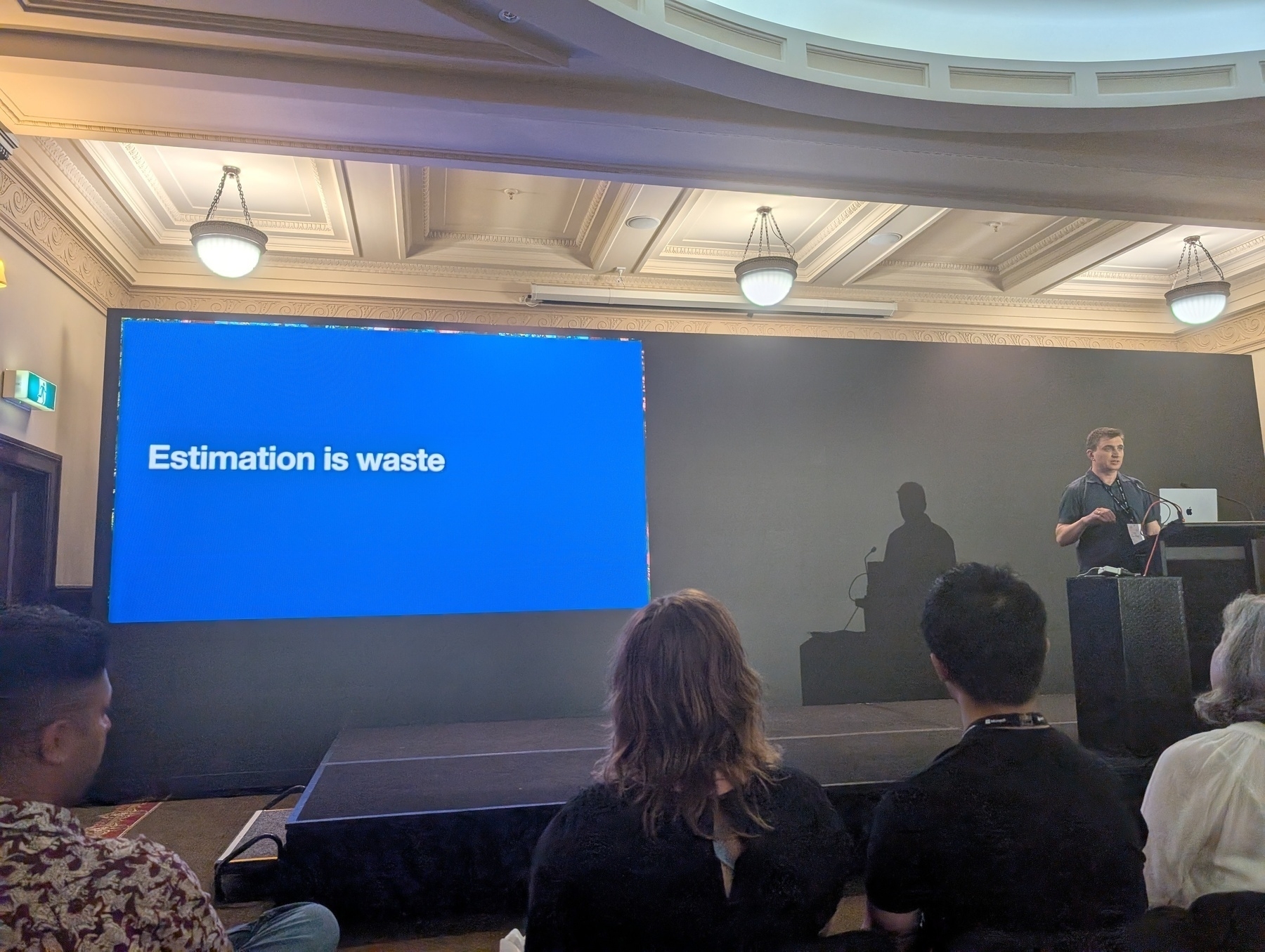
These are all valid points, although I’m not sure how applicable they are to how we work at my job. But it may be a worthy talk to revisit if that changes.
Fifth Session
On The Shoulders Of Giants — A Look At Modern Web Development, by Julian Burr.
Despite being a backend developer by day, I am still curious of the state of web developer. This talk was a good one, where the speaker went through the various “milestones” of major technical developments in web technology — such as when Javascript and jQuery was introduce, when AJAX became a thing, and when CSS was developed (I didn’t know CSS was devised at CERN).
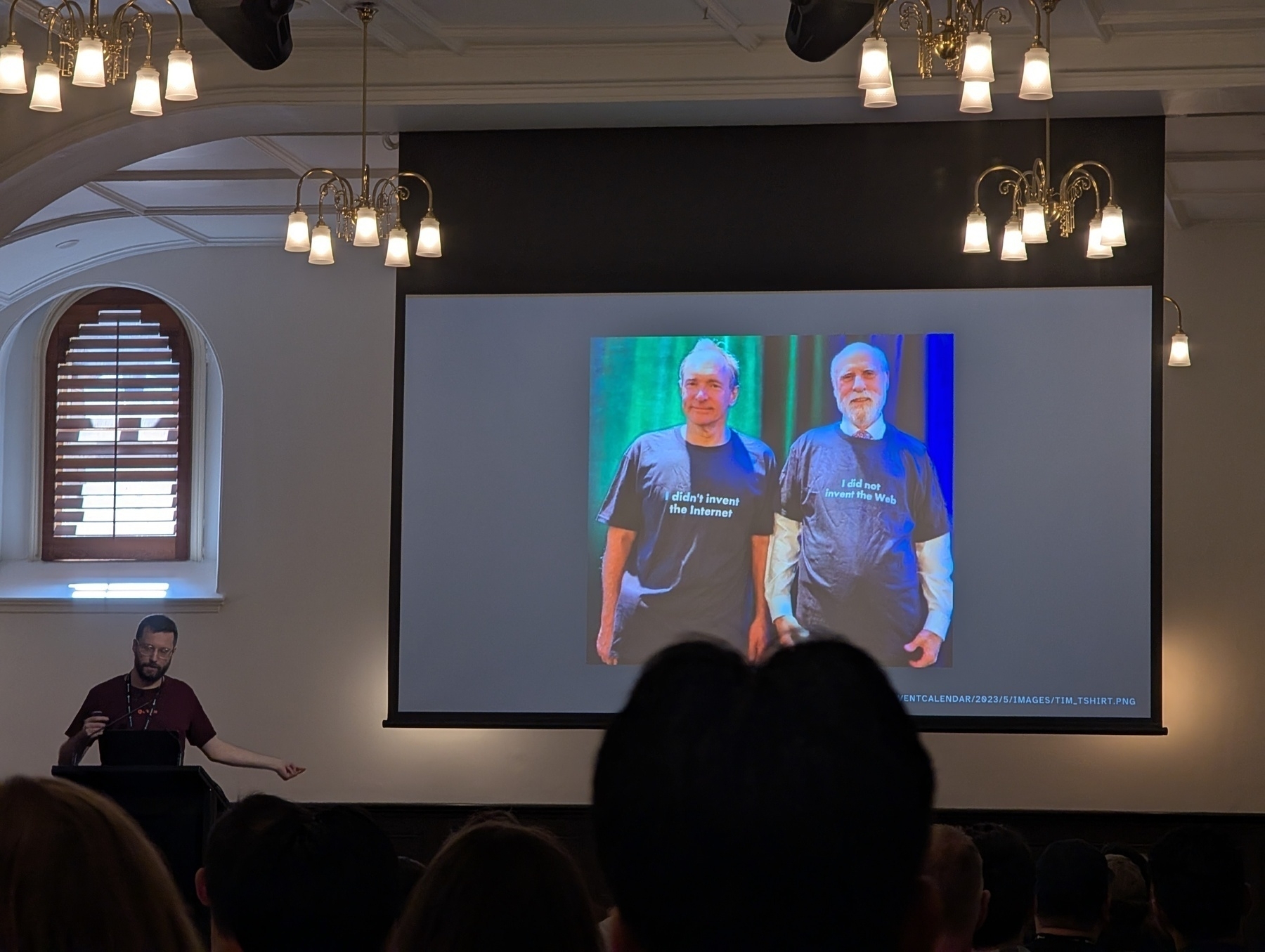
Going back in time was fun (R.I.P. Java applets & Flash) but it seems the near-term future is all React, all the time. And not just React in the traditional sense, but React used for zero-hydration server side components (Qwik) and out of order streaming (React Suspense). Not sure that appeals to me. Although one thing that does is that Vite is becoming the build tool du jour for frontend stuff. This I may look at, since it looks simple enough to get started.
Some other fun things: JavaScript style sheets was a thing, and Houdini still is a thing.
Sixth Session
Dungeons and… Developers? Building skills in tech teams with table top role playing games, by Kirsty McDonald.
This was the talk that got me in the door in some respects. I’ve heard of role-playing games being a thing for scenario planning, so the idea of doing it for team development and practice responding to things like production incidents. This consisted of the normal thing’s you’d expect from a role playing game, like character cards, a game master, and scenario events with a random-number generator component it it.
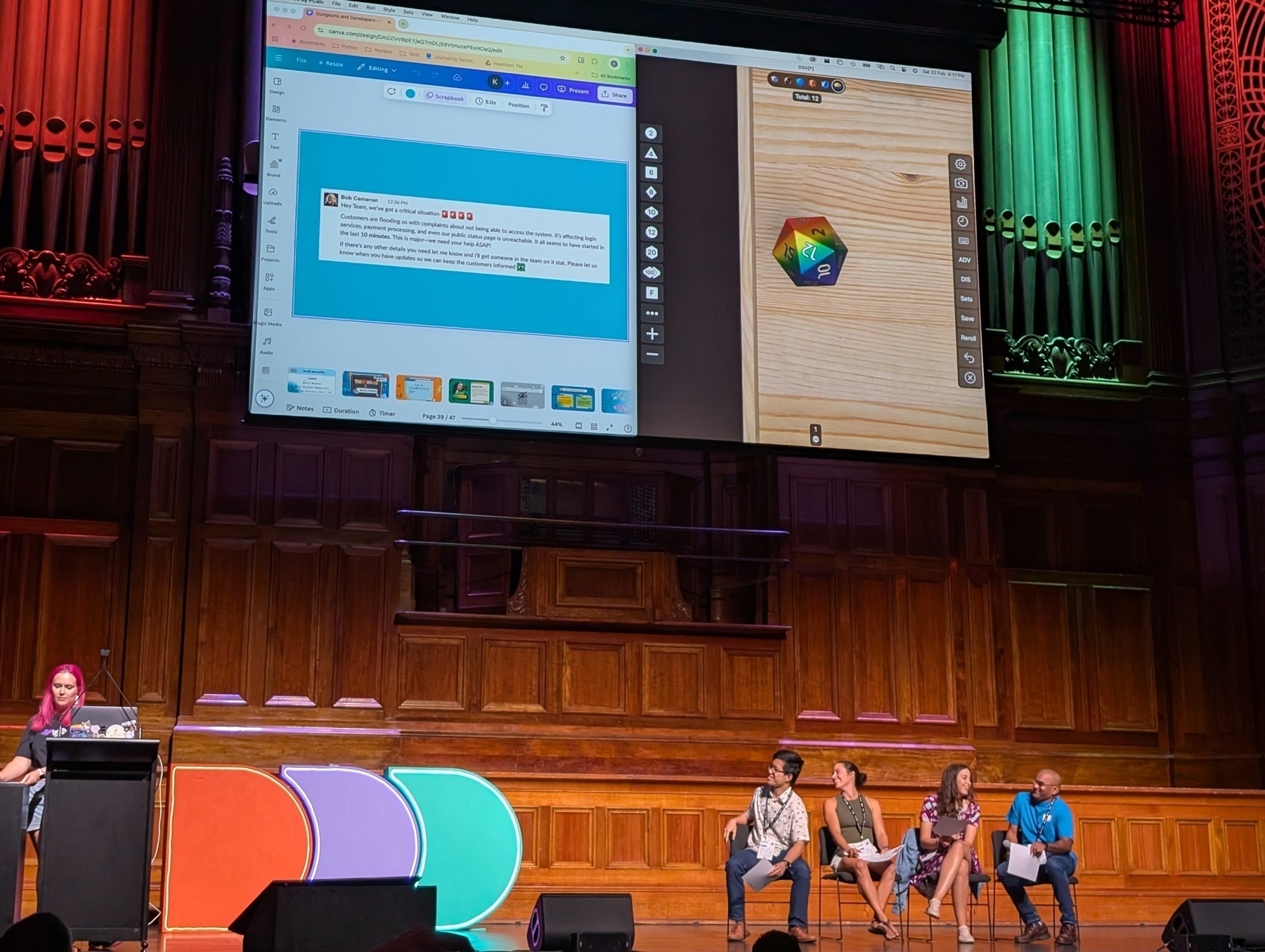
I’ve never played D&D before, so I was curious as to how these games actually ran. Fortunately, I was not disappointed, as the last part of the talk was walking through an example game with a couple of volunteers from the audience. Definitely a talk worth staying back for.
Locknote
Coding Like it’s 2005, by Aaron Powell
This was a fun look-back on the state of the art of web development back in 2005, before jQuery, AJAX, decent editors, when annoying workarounds in JavaScript and CSS were necessary to get anything working in Internet Explorer. This was just before my time as a practicing dev, and apparently trying to replicate rich-client applications in the web browser were all the rage, which was something I missed. It was mainly focused on Microsoft technology, something I don’t have a lot of personal experience in, but I did get flashbacks of using Visual Studio 2003 and version 1 of Firefox.
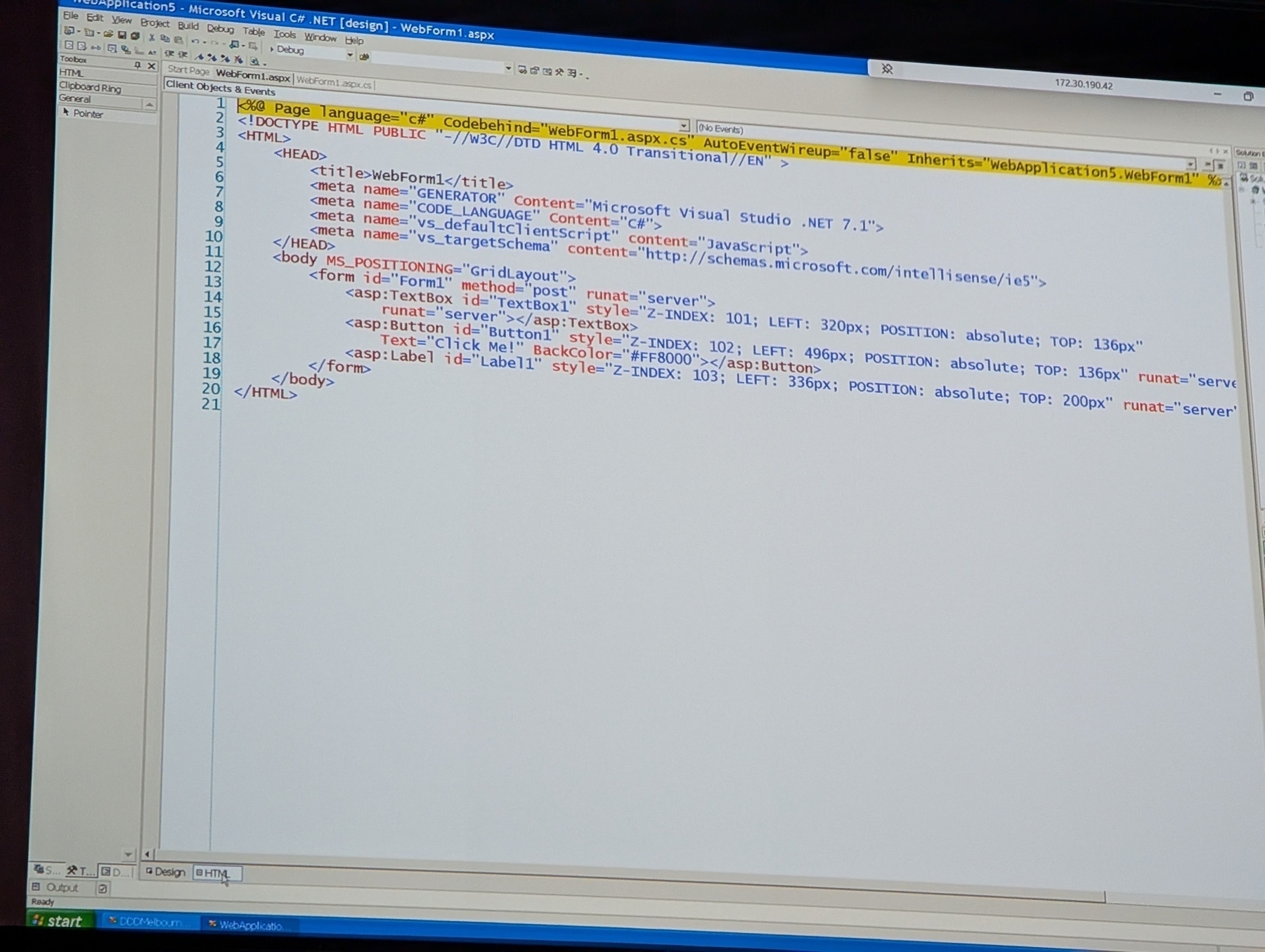
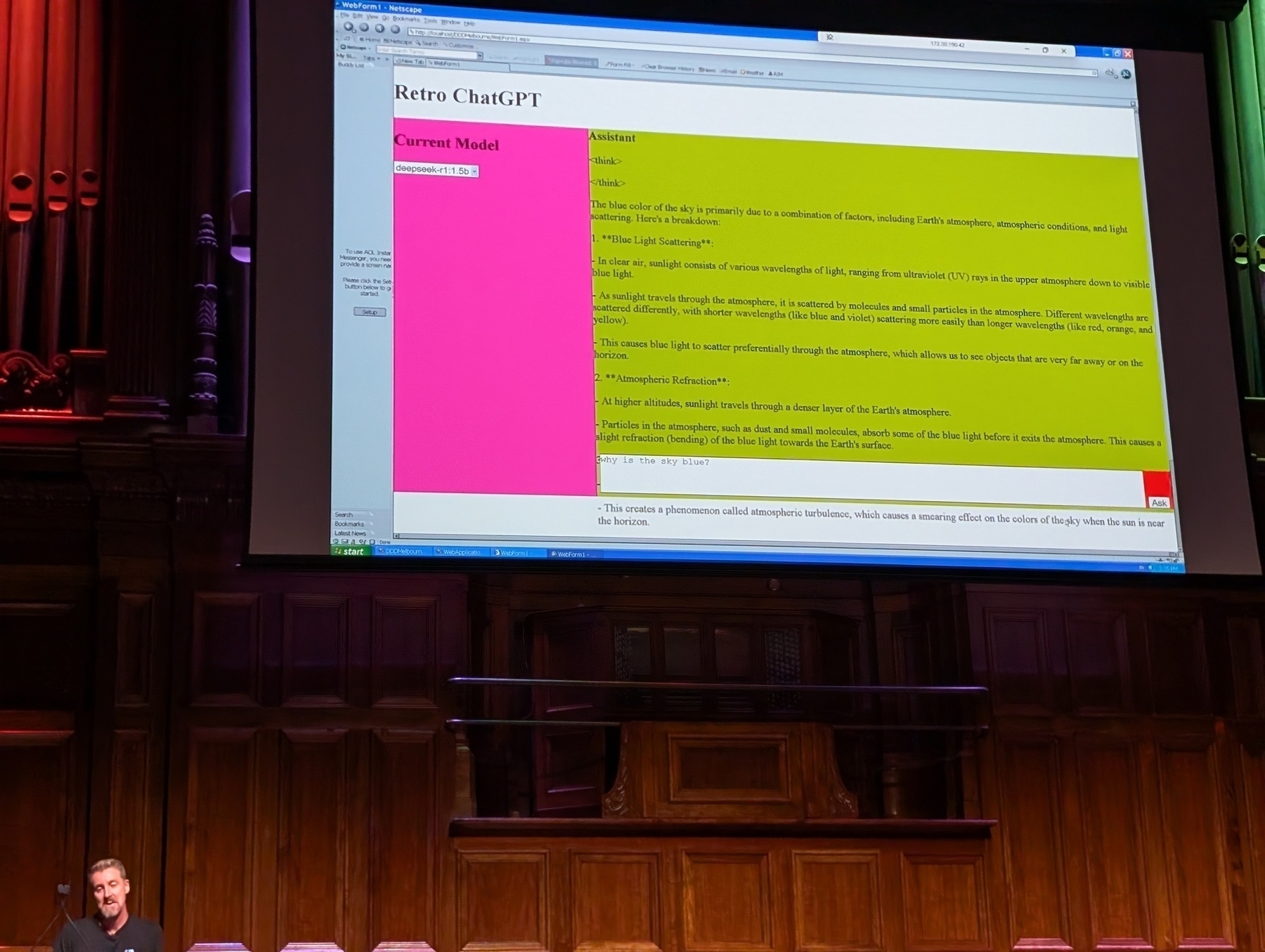
Lot’s of fun going down memory lane (R.I.P clearfix & YUI; rot in hell, IE6 😛).
Overall
I was contemplating not showing up to this, and even while I was there, I was considering leaving at lunchtime, but overall I’m glad that I stayed the whole day. It got me out of the house, and I learnt a few interesting things. And let me be clear: DDD Melbourne and the volunteers did an excellent job! It was a wonderfully run conference with a lot of interesting speakers. I hope to see some of the talks on YouTube later.
But, I don’t think I’ll be going to a conference by myself again. I mean, it’s one thing to go if work asks you to: I can handle myself in that situation. But under my own volition? Hmm, it would be much easier going with someone else, just so that I have someone to talk to. It’s clear that I need to do something about my fear of approaching someone I don’t know and start speaking to them. Ah well, it was worth a try.